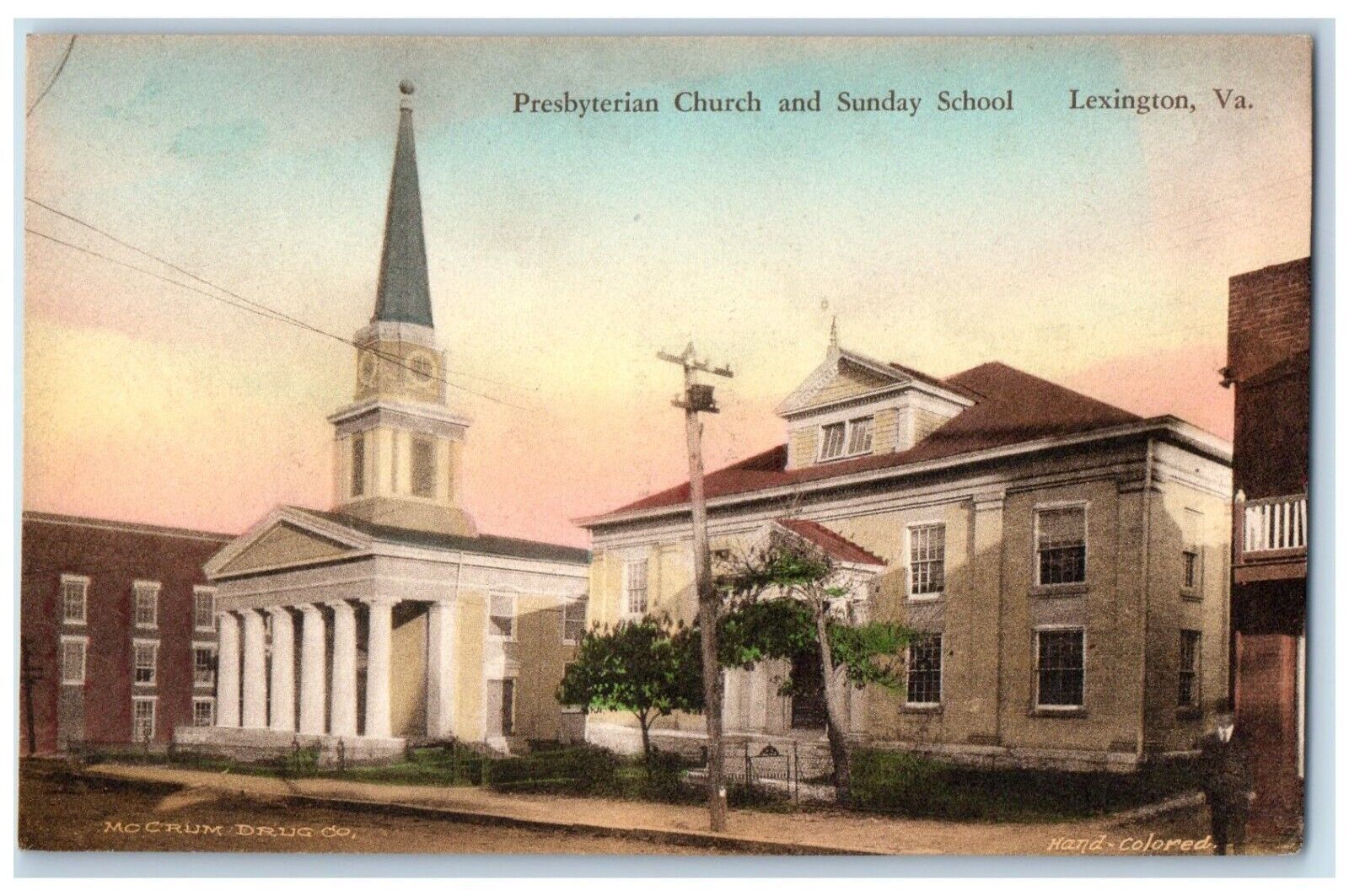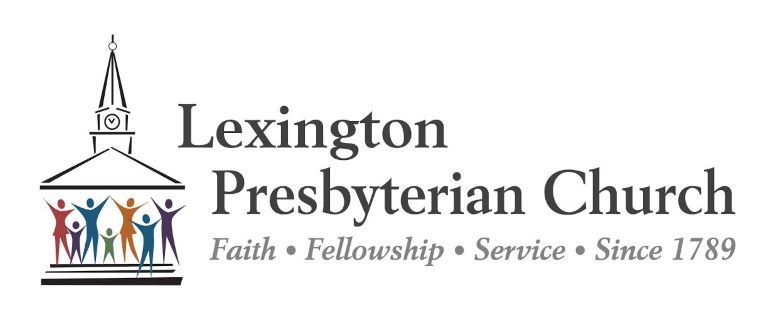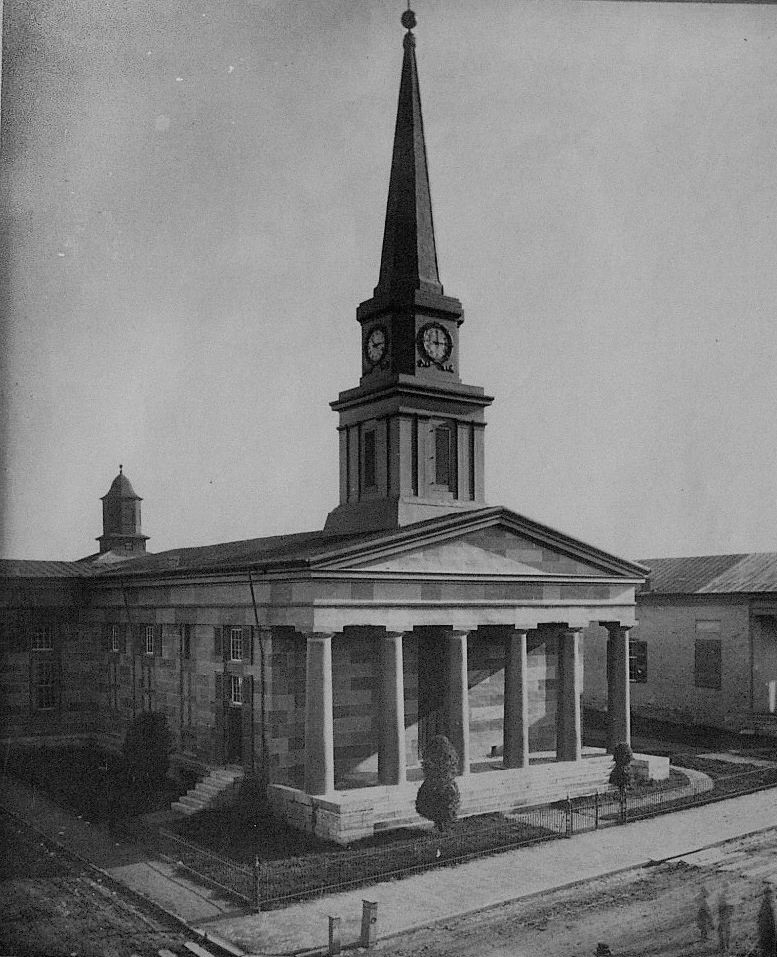History of Lexington Presbyterian Church

The first minister in 1789 was the Rev. William Graham, Rector of Liberty Hall Academy, now Washington & Lee University. The congregation originally met out of doors during the warmer months, either in an oak grove or under a tent, and in the county courthouse in the colder months. By 1799 the Lexington congregation began meeting in a new brick church located in what is today the NW corner of the Oak Grove Cemetery. For the first thirty years of its life, the Lexington Presbyterian Church remained linked to New Monmouth Church, though meeting separately for worship, both churches shared the same Session and pastor.
In the early 1840s, desiring a more comfortable place of worship in a central town location, the Female Working Society of the Presbyterian Church purchased and gave to the church the lot at the corner of Main and Nelson Streets, where the current building stands. The Greek Revival structure, designed by Thomas U. Walter, was completed in 1845. In 1895 the church added wings to accommodate continuing growth and activity. The building was enlarged, improved, and refurbished again in 1899. In 1979, the building was designated as a Virginia Historic Landmark.
On July 18, 2000, the sanctuary burned, but the walls, columns and footprint remained. It was reconstructed so that the exterior and much of the interior plan was retained. The congregation reoccupied the restored sanctuary on January 5, 2003. An interview with Rev. Bill Klein and clerk-of-the-works Frank Parsons, describing recovery from the fire may be found on YouTube. This video was produced by New Holland Church Furniture.
After 1845 a much-used lecture room stood beside the church building, sandwiched between the sanctuary and a private dwelling. In 1906 the dwelling was purchased and by 1907 a new classroom building had been erected in its place, and then enlarged in 1922. In 1952 the church purchased the land behind this classroom building through to Randolph Street, and by 1956 a new enlarged Christian Education Building had been completed. In May 1957, the new building was named Murray Hall for Dr. Joseph James Murray, pastor of thirty-three years. In 2012 Murray Hall was extensively renovated for handicapped accessibility.
The old Presbyterian manse, located at 6 White Street and completed in 1848, was fashioned from bricks salvaged when the original church building was razed. It was very avant-garde for its day and in continuous use to house the Lexington Presbyterian Church pastor and family until sold in 2016.
Thomas J. ("Stonewall") Jackson was a member of this church from the year of his arrival in 1851 as a professor at the Virginia Military Institute until his death in 1863. Prior to his departure from Lexington in April of 1861, he occasionally held positions of leadership in the congregation. By February 1852, Thomas began teaching Sunday school classes for young men. In late 1855, with local friends, he established a new Sunday School for local free Black people and enslaved individuals of all ages. Classes met in the lecture room adjacent to the church building at the time. He also led efforts to place a Bible in every home as a member of the Rockbridge Bible Society. In December 1857, Thomas was elected as a deacon of the church. As a deacon, Thomas led several local humanitarian efforts. Jackson's next return to Lexington was for burial in the Presbyterian Cemetery on 15 May 1863.
The Lexington Presbyterian Church has had seventeen pastors and six stated supply ministers in its history. From its membership have come thirty-six pastors, and fourteen have gone to the foreign mission field.



